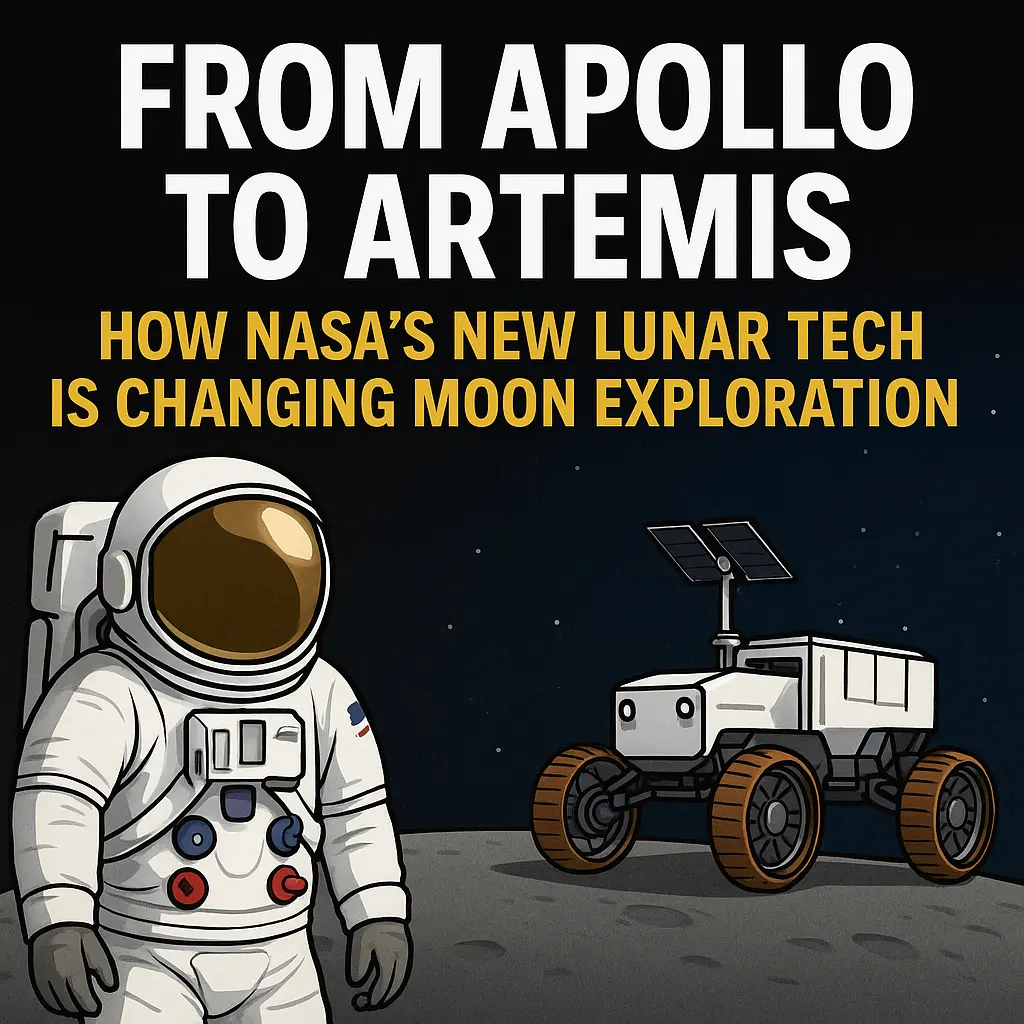In the vast expanse of space, some of the most important scientific discoveries happen by chance. Such is the case with a peculiar celestial body dubbed “The Accident,” an ancient brown dwarf that has provided astronomers with unexpected insights into the atmospheric chemistry of gas giants like Jupiter and Saturn. Using the James Webb Space Telescope (JWST), researchers recently uncovered a chemical signature that may solve a decades-long mystery about why silicon seems to be missing from our solar system’s largest planets.
Discovery of “The Accident”
Originally identified in 2020 through the citizen-science project Backyard Worlds: Planet 9, The Accident stood out immediately. It didn’t fit neatly into the categories of either young or old brown dwarfs. Instead, it displayed a mix of traits, making it an intriguing target for deeper study. Roughly 50 light-years away and estimated to be 10 to 12 billion years old, it is one of the oldest brown dwarfs ever detected.
Silane: A Rare Clue
The breakthrough came when astronomers detected silane (SiH₄) in its atmosphere. This marked the first-ever confirmed detection of silane in a brown dwarf. The finding is critical because, despite silicon being a common element in the universe, it has been conspicuously absent in atmospheric studies of gas giants like Jupiter and Saturn.
Why Silicon Disappears in Gas Giants
On gas giants, silicon typically combines with oxygen to form silicate compounds such as quartz. These compounds tend to sink into the deeper layers of the planets’ atmospheres, well below the levels observed by spacecraft or telescopes. This process effectively hides silicon from detection. The presence of silane in The Accident, however, suggests an alternative scenario: under low-oxygen conditions, silicon may form lighter molecules that remain visible in the upper atmosphere.
Implications for Jupiter and Saturn
This discovery provides an elegant explanation for why silicon remains elusive in observations of Jupiter and Saturn. It may not be missing—it’s simply locked away deep within or bound in compounds invisible to our current detection methods. By studying extreme outliers like The Accident, scientists can better refine their models of atmospheric chemistry, not only for our solar system’s giants but also for distant exoplanets.
The Role of Serendipity in Science
NASA researchers emphasize that they weren’t specifically searching for solutions to the silicon puzzle when they studied this brown dwarf. Instead, The Accident offered an unplanned but invaluable opportunity. This highlights a fundamental truth in science: sometimes the most unusual objects reveal the deepest insights into familiar worlds.
Conclusion
The detection of silane in The Accident represents more than just a rare chemical discovery—it reshapes our understanding of planetary atmospheres. As Webb and other powerful observatories continue scanning the skies, more cosmic “accidents” may uncover secrets hidden in plain sight. For Jupiter, Saturn, and countless exoplanets beyond, the chemistry of silicon may no longer be such a mystery.


